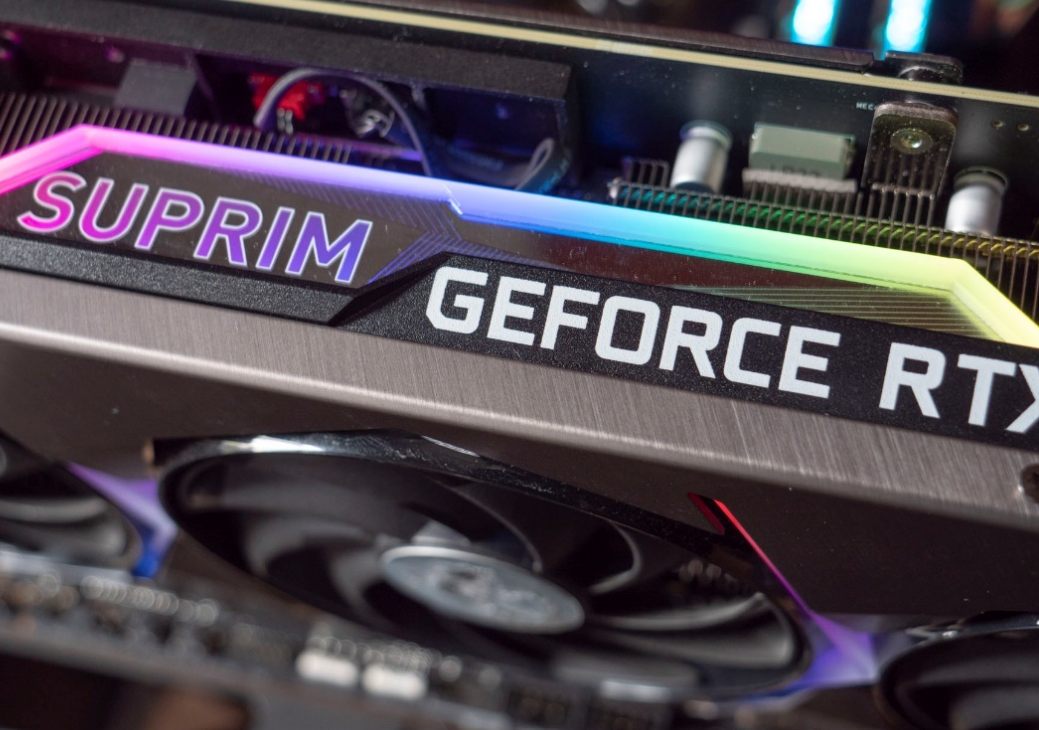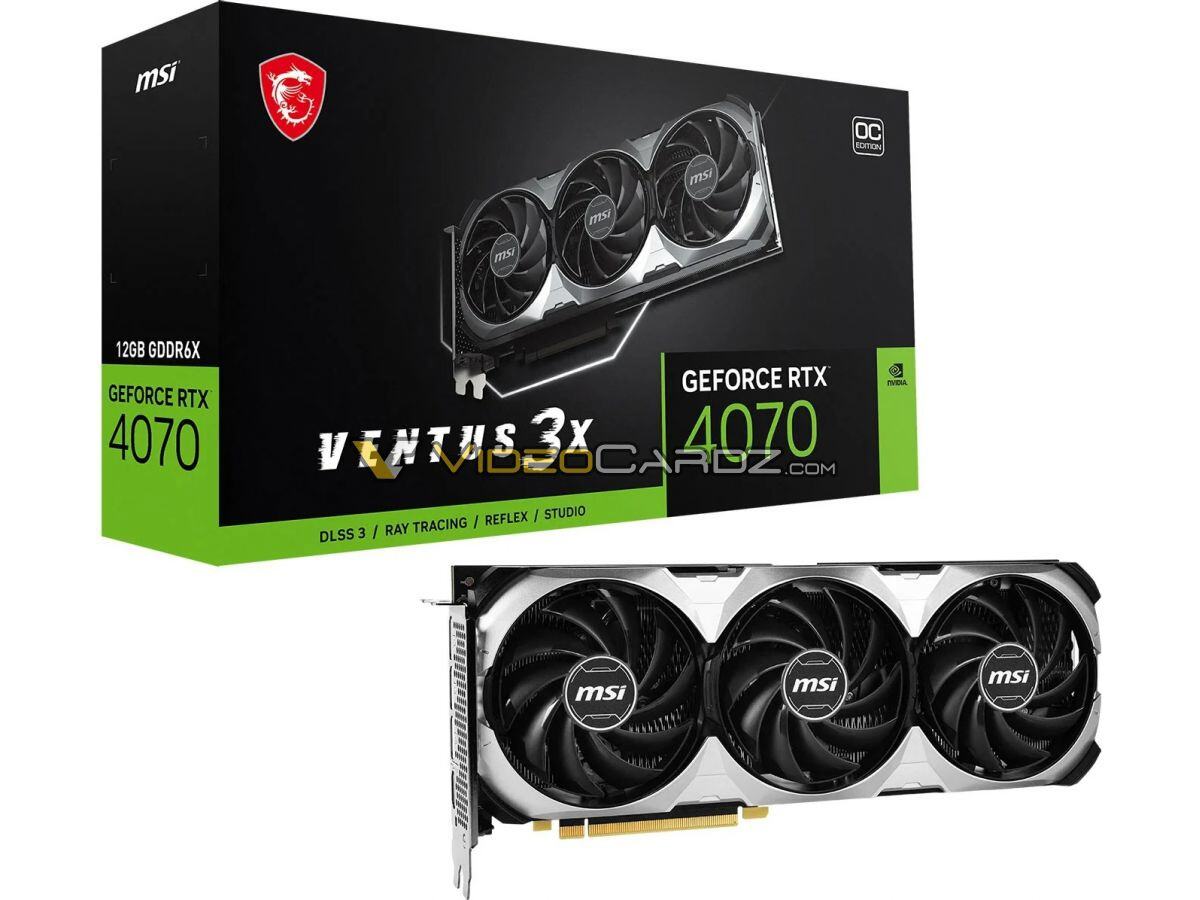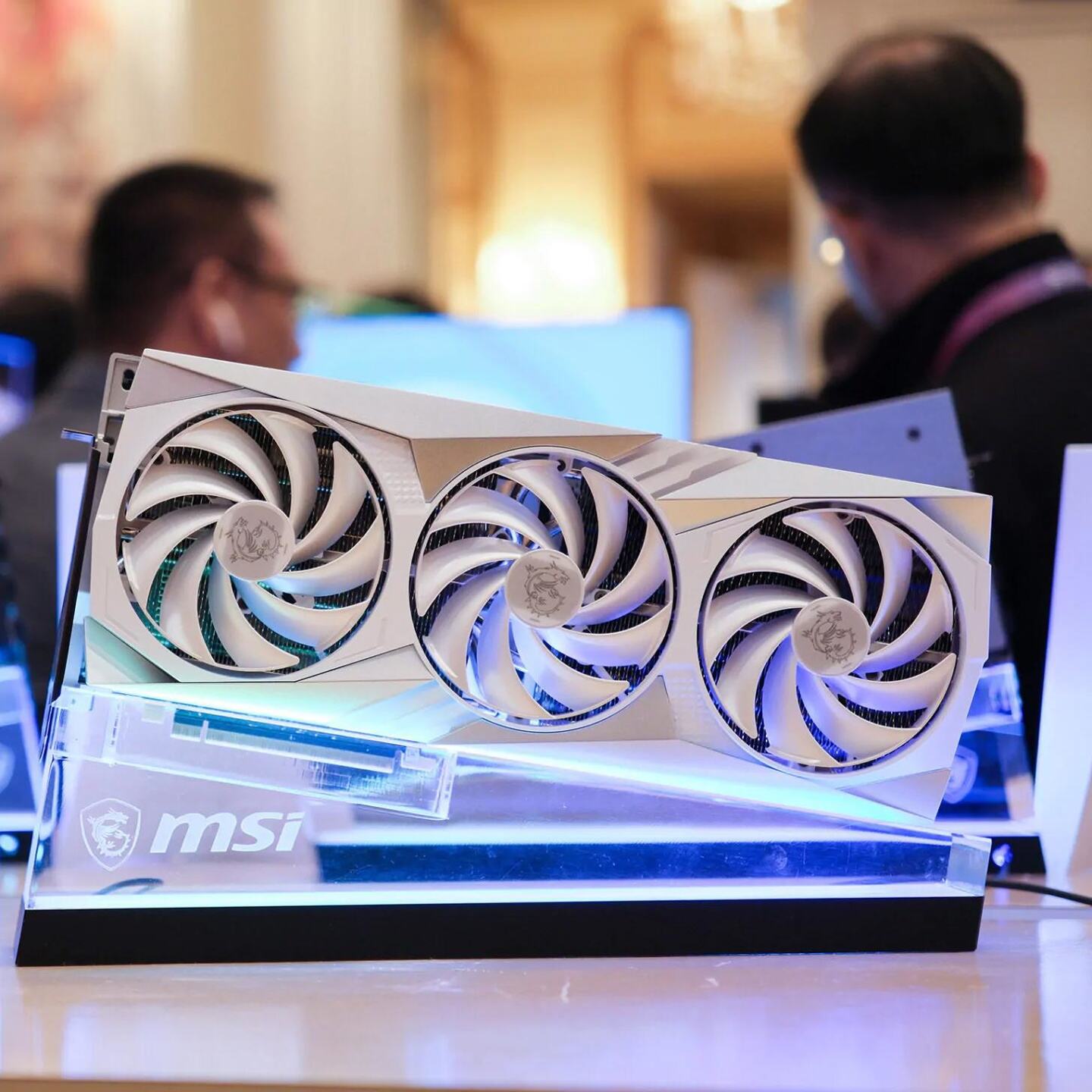A multi-monitor graphics card is designed to support multiple displays simultaneously, catering to both gamers and professionals who require extended desktop real estate or immersive multi-screen setups. These cards feature multiple display outputs, such as HDMI, DisplayPort, and sometimes USB-C, allowing connection to two, three, four, or even more monitors. Key technologies like NVIDIA's Surround and AMD's Eyefinity enable seamless integration of multiple screens into a single logical display, expanding the visual workspace for gaming or productivity. For gamers, multi-monitor setups enhance immersion in open-world games or simulators by providing wider fields of view, while also allowing real-time strategy games to display additional information on adjacent screens. Professionals, such as video editors, graphic designers, and financial analysts, benefit from having multiple applications open side-by-side without switching windows. The critical factors in a multi-monitor graphics card include the number of supported displays, maximum resolution per display, and the bandwidth of the display interfaces. For example, a card with multiple DisplayPort 1.4 or 2.0 ports can handle high-resolution (4K or 8K) and high-refresh-rate (144Hz or higher) monitors more effectively than older HDMI versions. Sufficient video memory is also essential, as each additional monitor increases the frame buffer requirement; a card with 8GB or more of GDDR6/GDDR6X memory is recommended for 4K multi-monitor setups. Performance-wise, driving multiple monitors can strain the GPU, especially at high resolutions, so pairing a multi-monitor graphics card with a powerful CPU and adequate system memory is crucial to maintain smooth frame rates. As remote work and immersive gaming continue to grow, the demand for multi-monitor solutions highlights the importance of graphics cards designed to handle these complex display configurations efficiently.


